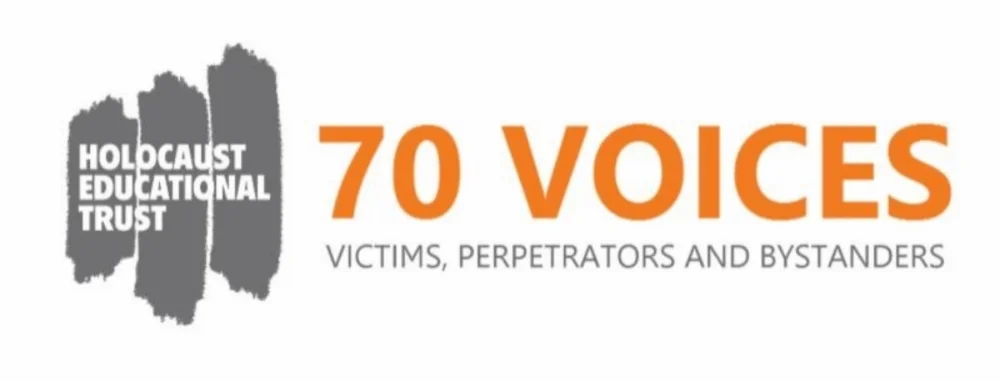When you are young,
Your spirit’s strong,
Then your pursuit is gain,
Forsake – forget
Your home, your nest,
The time is not regained.
When your old age draws near,
The past then reappears,
We question what occurred.
How little we observed –
Just yesterday my childish voice was heard.
I want to see my home once more –
Are things the way they were before,
The old worn porch, the old gnarled tree,
The roof from which the walls hung free,
My poor old home.
Four walls, a table and a bench,
T’was here my childhood years were spent;
And here I dreamed my dreams alone,
My song of youth, my wild oats sown,
I long for home.
I hear the soulful singing sounds of night.
The wind like a mother holds me tight.
Oh, the longing for the charm once known
Fond in a mother’s humble home.
It may be brick or made of stone,
It may be straw or built of loam,
I long for home.
With life carefree,
The hours flee,
I stand aside and think;
Man has, I’m sure,
His place, his fare,
His warm bed, nothing more.
My home is marred for me.
My home is barred for me,
I wander all about
And I must do without.
If I now only had my humble home.
Some inhabitants of the Vilna Ghetto argued that it was inappropriate to “make theatre in a cemetery”, a reference to the murder of most of the city’s Jews in 1941. However, most valued the theatre as a means of sustaining morale, preserving Jewish culture and asserting basic human values in the most inhuman of circumstances. As these lyrics show, the theatre also offered the chance to comment on the trials of ghetto life. Leyb was murdered at Klooga labour camp in Estonia in 1944.










